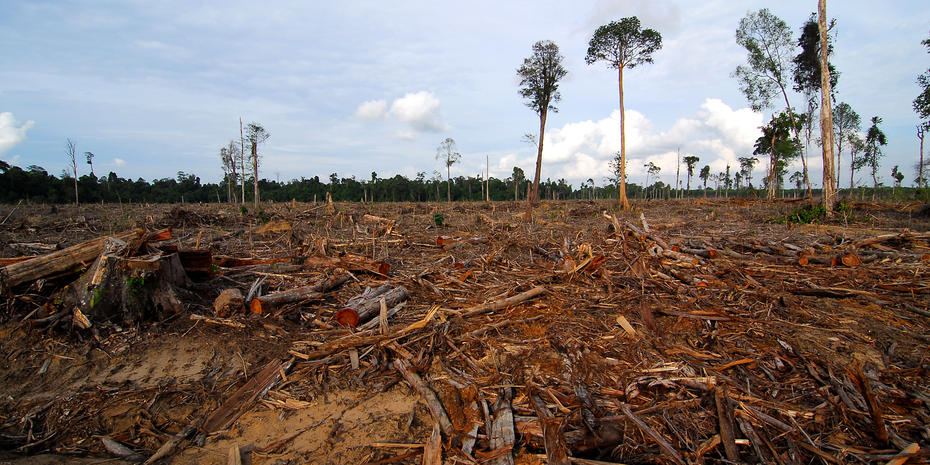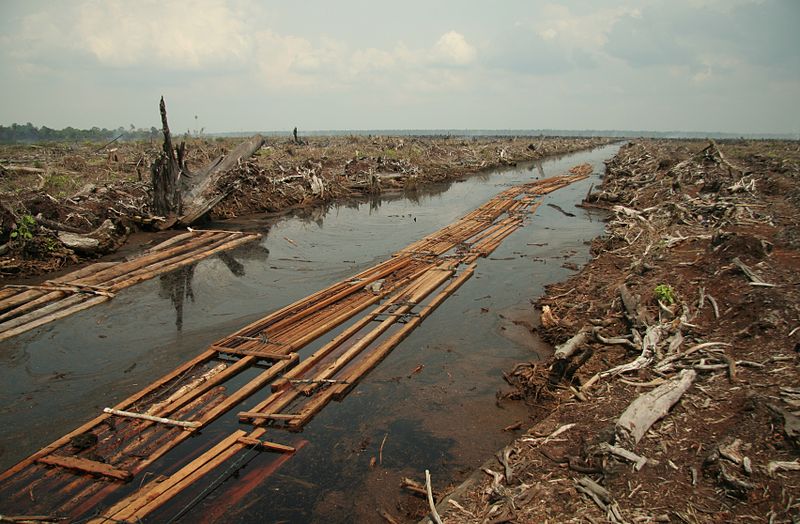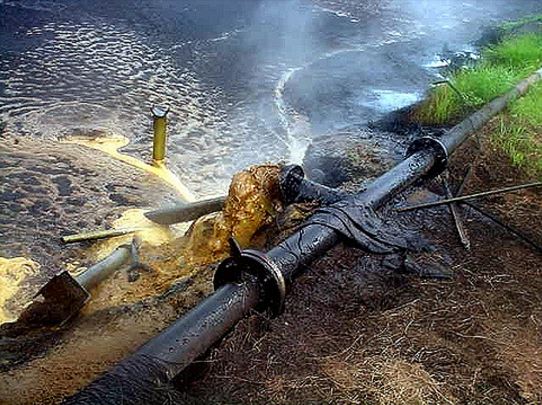Did you know that the world produces more than 50 billion kilograms of palm oil every year? That’s the same weight as over 10 million Asian elephants! Much of this palm oil is still produced unsustainably, meaning that it could be doing serious damage to the environment.
Today, over 85% of palm oil is produced in just two countries: Indonesia and Malaysia. These same rainforest-rich places also possess some of the highest levels of biodiversity on Earth. Forests provide essential ecosystem services, such as nutrient cycling, water purification, soil formation and stabilisation. All too frequently, oil palm plantations replace ancient forests with monocultures that cannot support the same levels of biodiversity as forest. It is therefore essential that plantations are managed sustainably.
Deforestation
- Clearing forests to establish plantations is one of the most significant environmental risks of palm oil production. Building infrastructure – including mills, roads, and workers’ housing – can also result in natural forest clearance.
- Between 1990 and 2005, 55-60% of oil palm expansion in Indonesia replaced virgin forests – the equivalent to more than five million football pitches!
- This has negative impacts on essential ecosystem services, such as nutrient cycling, water purification and soil formation and stability, which all species, including people, rely on to provide clean air, soil and water.
- Forest fragments are vulnerable to edge effects, where forest quality continues to deteriorate over time, especially around the boarders of forest patches.

Deforestation in Malaysia ©Heriyadi Asyari/Geir Erichsrud/Regnskogfondet
Biodiversity loss
- Land clearance for plantations removes, fragments and damages important wildlife habitats, leading to a high loss of species.
- The species these forests support are highly adapted to rainforest habitats and are often unique to those areas – such as the Sumatran rhinoceros and Bornean orangutan.
- The loss of this natural habitat means species like tigers, elephants and orangutans are being forced into smaller areas of land and often end up in plantations to either search for food or to travel between their remaining habitats. This increases the risk of conflict with humans and makes it easier for illegal hunting and poaching to occur.
- Development of oil palm plantations also opens up previously inaccessible areas of forest, further increasing the amount of illegal hunting and poaching.
- Plantations are not sufficient habitats for most species – only around 15% of forest species can survive in plantations.

ZSL is working with palm oil companies to protect the critically endangered Sumatran tiger (Panthera tigris sumatrae)
Land and water pollution
- Fertilisers and pesticides pollute groundwater and soils.
- For every metric tonne of palm oil produced, 2.5 metric tonnes of palm oil mill effluent (POME) are generated from the milling process. Release of POME into waterways harms aquatic ecosystems by creating highly acidic environments or causing eutrophication.
Soil erosion
- Erosion occurs when forests are cleared and planting occurs on steep slopes.
- Planting trees in rows creates channels for water. This faster flowing water carves out deep channels and takes with it soil from the surface. Eroded areas require more fertiliser and erosion can cause problems in waterways, especially in very biodiverse aquatic ecosystems downstream.

Deforestation of peat swamp forest for oil palm plantation in Indragiri Hulu, Riau Province, Sumatra © Aidenvironment, 2006
Climate change
- POME is typically released into ponds for treatment, which releases the greenhouse gases (GHG) carbon dioxide, methane and hydrogen sulphide. At 27 times more powerfull as a GHG than carbon dioxide, methane is a major contributor to global climate change.
- Tropical deforestation and the draining and burning of carbon-rich peatlands to make land available for oil palm plantations is a significant source of emissions. 10% of annual global carbon emissions can be linked to deforestation in the tropics.
- Forest fires started by plantation workers to clear areas of vegetation to plant oil palm are another major source of emissions. The practice of deliberately burning vegetation fertilises the soil for agricultural purposes, but also releases dangerously high levels of carbon into the atmosphere, contributing to global climate change, and these fires can often get out of hand, spreading much further than anticipated.
- In 1997, it is thought these fires in Indonesia alone contributed 13-40% of the average annual global carbon emissions from fossil fuels that year.
- Further sources of GHG emissions include transportation, for example, of fresh fruit bunches (FFBs) and staff, as well as energy usage, such as from diesel generators used to power mills.

The aftermath of a forest fire in Sumatra, Indonesia ©ZSL
Last updated: 24/11/2016



